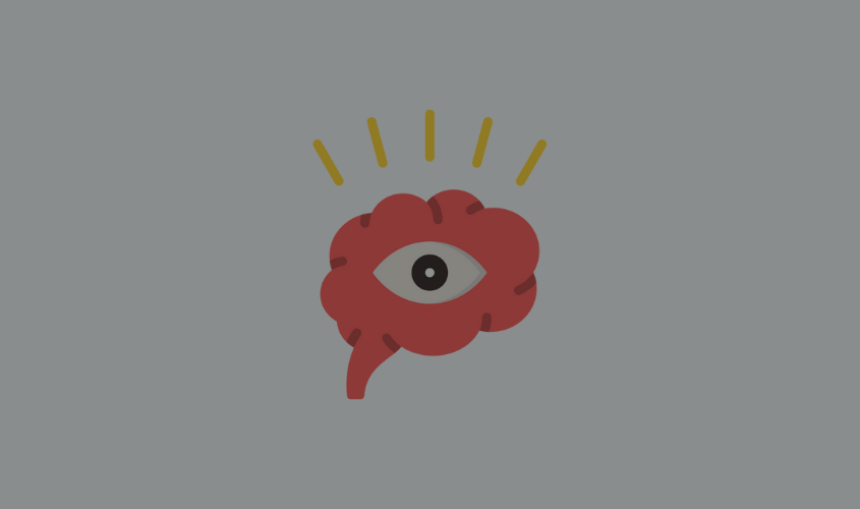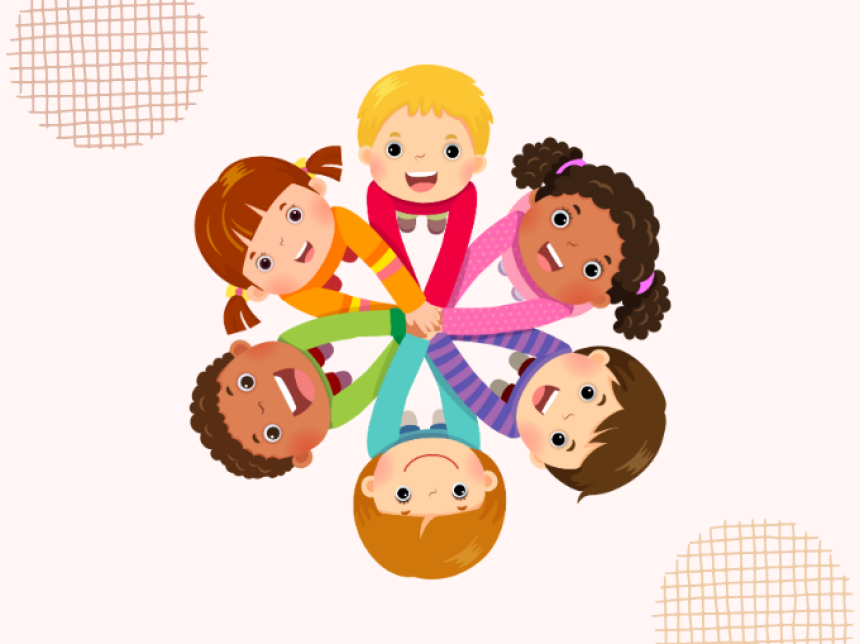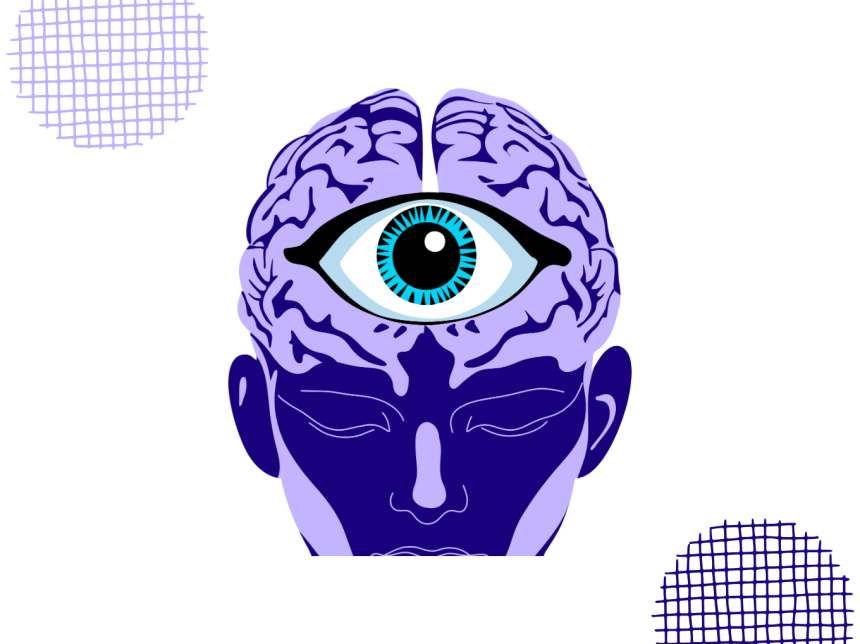
THE RELATIONSHIP BETWEEN PERCEPTION AND REALITY
Perception is a complex process that determines how people experience and interpret the world around them. Reality, on the other hand, is the external world that exists objectively and independently beyond perceptions. The relationship between perception and reality has been examined in depth from both philosophical and psychological perspectives and continues to be a subject of ongoing study. This relationship involves fundamental questions about how people see, experience, and understand the world.
Perception begins with the processing of sensory information. Humans perceive sensory stimuli from their environment—such as light, sound, smell, taste, and touch—and interpret this information in their brains. However, the process of perception is not merely the passive reception of sensory stimuli. It is also actively shaped by an individual’s past experiences, expectations, beliefs, and attention. Therefore, the same object or event can be perceived differently by different individuals.
Reality is a concept that exists objectively and independently beyond perception. However, the way people perceive reality is heavily influenced by their mental processes and perceptual tendencies. This makes the relationship between perception and reality complex. For example, the existence of a tree is an objective reality, but how people perceive that tree can vary based on personal and cultural factors. An artist may see the tree as an aesthetic object, while a botanist may view it as a scientific specimen.
This dynamic relationship between perception and reality is revealed through various perceptual illusions and distortions. Perceptual illusions are errors that occur when sensory information is misinterpreted or incomplete. For instance, when a stick is placed in water and appears to be bent, this is a perceptual illusion. In reality, the stick is straight and solid, but due to the refraction index of water, it appears bent. Such illusions show that perception does not always accurately reflect reality.
Individual perceptual tendencies and expectations also affect the relationship between perception and reality. People tend to perceive information that aligns with their expectations and beliefs more readily. This leads to the emergence of perceptual tendencies known as cognitive biases and prejudices. For example, a person with a specific political view may more easily perceive and accept information that supports their view, while ignoring or rejecting information that contradicts it.
The relationship between perception and reality is also influenced by cultural and social factors. Different cultures can perceive the world in different ways, and these perceptual differences affect how individuals experience and understand reality. For instance, in some cultures, colors carry symbolic meanings, and these meanings affect how individuals perceive and interpret colors. The same color can have different emotional and symbolic associations in different cultures.
This complex relationship between perception and reality constitutes a significant area of psychological research. Perception psychologists aim to understand how people perceive the world and how these perceptions are shaped. These studies have shown that, in addition to sensory processes, cognitive and social processes also play a crucial role in perception. Perception is not only an individual experience but also a social phenomenon.
Understanding the relationship between perception and reality requires a deep understanding of how people experience and make sense of the world. Perception is an active process that begins with the processing of sensory information and is shaped by an individual’s mental processes. Reality, on the other hand, is a concept that exists objectively and independently beyond perception. However, the relationship between perception and reality is complicated by perceptual illusions, cognitive biases, and cultural factors. Understanding this relationship is critical to understanding how people view the world and how these views are formed.





